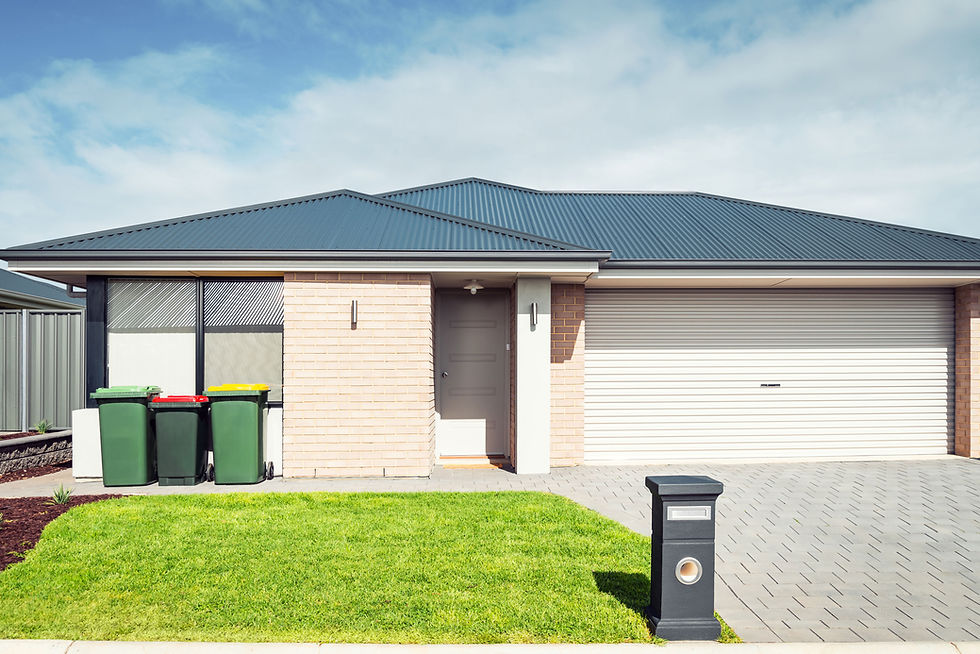Roofing for Commercial Properties: Unique Considerations and Solutions
- Dardanoi Group
- Apr 11, 2024
- 2 min read

Commercial properties present unique roofing challenges compared to residential buildings. From larger roof areas to specific safety and accessibility requirements, commercial roofing projects require careful planning and specialized solutions. In this blog post, we'll explore the unique considerations involved in commercial roofing and discuss solutions to common challenges faced by property owners and managers.
1. Roof Size and Complexity
Considerations:
Commercial buildings often have larger roof areas than residential homes, which can make maintenance and repairs more challenging.
Complex roof structures, such as multiple levels, parapet walls, and rooftop equipment, require specialized expertise for installation and maintenance.
Solutions:
Work with experienced commercial roofing contractors who have the equipment and manpower to handle large-scale projects efficiently.
Implement proactive maintenance plans to address potential issues before they escalate, reducing the need for costly repairs down the line.
2. Safety and Accessibility
Considerations:
Safety is paramount on commercial roofing projects, especially in busy urban areas or industrial settings where there may be additional hazards.
Accessibility for maintenance personnel and contractors is crucial for ongoing upkeep and repairs.
Solutions:
Ensure compliance with safety regulations and standards, including fall protection measures and equipment, to protect workers and minimize liability risks.
Invest in rooftop access systems, such as ladders, walkways, and anchor points, to facilitate safe and efficient access for maintenance tasks.
3. Roofing Materials and Systems
Considerations:
Commercial properties may require different roofing materials and systems based on factors such as building use, climate, and budget.
Some common commercial roofing materials include built-up roofing (BUR), modified bitumen, single-ply membranes (e.g., TPO, PVC, EPDM), and metal roofing.
Solutions:
Consult with a commercial roofing specialist to determine the most suitable materials and systems for your property, considering factors such as durability, energy efficiency, and maintenance requirements.
Consider environmentally friendly options, such as cool roofs or green roofing systems, to reduce energy consumption and mitigate environmental impact.
4. Energy Efficiency and Sustainability
Considerations:
Energy costs can be a significant expense for commercial properties, making energy-efficient roofing solutions desirable.
Sustainable roofing practices can enhance the environmental performance of commercial buildings and contribute to green building certifications.
Solutions:
Explore energy-efficient roofing options, such as reflective coatings, cool roofs, or photovoltaic solar panels, to reduce heating and cooling costs and improve overall energy efficiency.
Implement sustainable roofing practices, such as rainwater harvesting, rooftop gardens, or recycled content roofing materials, to minimize environmental impact and enhance the property's sustainability profile.
Roofing for commercial properties requires careful consideration of unique factors such as roof size, safety requirements, material selection, and sustainability goals. By understanding these considerations and implementing tailored solutions, property owners and managers can ensure their commercial roofs remain durable, safe, and efficient for years to come.





Comments